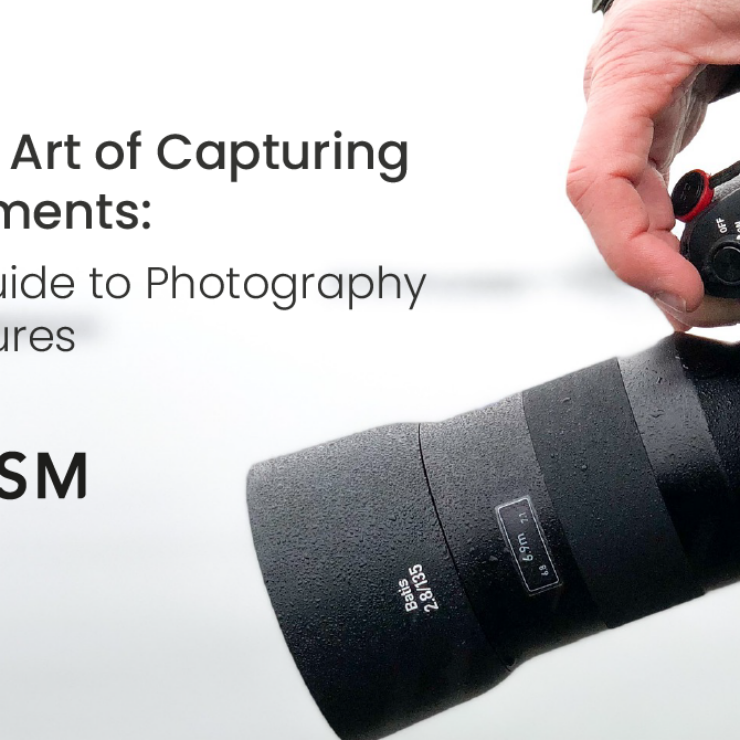“Learn how to sell photography online with tips on platforms, pricing, and using Essential Studio Manager for streamlined business management.”
Selling photography online has become an increasingly viable and profitable endeavor for both amateur and professional photographers. With the growth of digital platforms and tools, showcasing and monetizing your photographic work is more accessible than ever. This guide provides a detailed roadmap for photographers looking to sell their art online, highlighting key strategies, platforms, and essential tools like the Essential Studio Manager to streamline the process.
Why Sell Photography Online?

The digital marketplace for photography is vast, offering numerous avenues to reach global audiences. Online sales provide photographers with flexibility, exposure, and the potential for significant income. Whether you aim to sell prints, digital downloads, or license your images for commercial use, the internet offers a platform to connect with buyers directly.
Choosing the Right Platform
Selecting the appropriate platform is crucial. Here are some popular options:
- Stock Photography Websites: Platforms like Shutterstock, Adobe Stock, and Getty Images allow photographers to sell their work to a wide audience. These sites typically offer royalties per download or sale.
- Print-on-Demand Services: Websites like Printful, Society6, and Redbubble enable photographers to sell prints, canvases, and other merchandise. These platforms handle production and shipping, allowing photographers to focus on creating and marketing their work.
- Personal Website and E-commerce: Building a personal website using platforms like WordPress, Wix, or Squarespace gives you control over the presentation and pricing of your work. Integrating e-commerce tools like Shopify or WooCommerce can streamline sales.
- Social Media and Marketplaces: Instagram, Facebook, and Etsy are excellent for photographers looking to leverage social media for sales. These platforms allow for direct interaction with customers and community building.

Pricing Your Photography
Pricing can be challenging. Consider the following factors:
- Market Rates: Research similar works on various platforms to understand the standard pricing in your niche.
- Cost of Production: If selling physical prints, include production and shipping costs in your pricing.
- Value Perception: Higher prices can suggest higher quality, but ensure your work justifies the cost.
- Licensing Fees: For digital downloads and commercial licenses, consider different pricing tiers based on usage rights.
Marketing Strategies
- Build a Strong Portfolio: Showcase a curated selection of your best work. Ensure your portfolio is accessible and easy to navigate.
- SEO and Keywords: Optimize your website and listings with relevant keywords. This will improve your visibility on search engines and platforms.
- Social Media Marketing: Use platforms like Instagram, Facebook, and Pinterest to promote your work. Engage with followers, use relevant hashtags, and consider paid ads for wider reach.
- Email Marketing: Build an email list to keep potential customers updated on new releases, discounts, and exhibitions.
- Collaborations and Partnerships: Partner with other artists, brands, or influencers to expand your reach.
Essential Tools for Selling Photography Online

Essential Studio Manager
One tool that stands out for photographers is the Essential Studio Manager. This comprehensive platform helps photographers streamline their business operations, from booking and client management to invoicing and gallery delivery. Here’s how it can help:
- Client Management: Keep track of client interactions, contracts, and payments in one place.
- Booking and Scheduling: Automate appointment bookings and reminders, reducing administrative workload.
- Invoicing and Payments: Create and send invoices, and manage payments efficiently.
- Gallery Delivery: Deliver digital galleries to clients, complete with download options and proofing capabilities.
Using a tool like Essential Studio Manager can significantly enhance your professionalism and efficiency, allowing you to focus more on your art and marketing efforts.
Conclusion
Selling photography online offers vast potential for photographers to share their art with a global audience and generate income. Success in this field requires a thoughtful approach to choosing the right platforms, setting competitive prices, and implementing effective marketing strategies. Utilizing tools like the Essential Studio Manager can greatly enhance your business operations, from client management to sales processing, allowing you to focus more on creativity and growth. The journey of building a thriving online photography business involves continuous learning and adaptation. By staying updated with market trends and refining your skills, you can maximize your reach and profitability, turning your passion into a sustainable and rewarding career.
FAQs
1. What type of photography sells best online?
The demand varies, but popular categories include landscapes, travel, portraits, and lifestyle photography. Commercial and editorial images also have a strong market.
2. How can I protect my images online?
Use watermarks on your images and ensure your website has right-click protection. Consider using platforms that offer licensing options to protect your work legally.
3. How do I handle shipping for physical prints?
If using a print-on-demand service, they will handle production and shipping. If managing shipping yourself, invest in quality packaging and choose reliable shipping providers. Calculate shipping costs and include them in your pricing.
4. How can I improve my online visibility?
Optimize your website and listings for search engines (SEO). Use social media to share your work and engage with followers. Guest blogging and participating in online communities can also increase visibility.
5. Do I need a business license to sell photography online?
Requirements vary by location. Check with your local government for regulations regarding online sales and tax collection.
6. How do I set the right price for my photography?
Consider market rates, your costs, and the perceived value of your work. Test different price points and gather feedback from customers.
7. What are digital downloads, and how do I sell them?
Digital downloads are electronic versions of your images sold online. They can be licensed for personal or commercial use. Set up a digital storefront on your website or use platforms that handle digital sales.
8. Can I sell the same image on multiple platforms?
Yes, but be aware of each platform’s terms and conditions. Some may require exclusivity, while others allow non-exclusive licensing.
9. How do I handle customer complaints or returns?
Have a clear return policy. If selling physical products, inspect items before shipping to ensure quality. For digital products, clearly outline what customers can expect.
10. Is it necessary to watermark my images?
Watermarking can deter unauthorized use. However, overly intrusive watermarks can detract from the image. Find a balance that protects your work while allowing customers to appreciate its quality.




